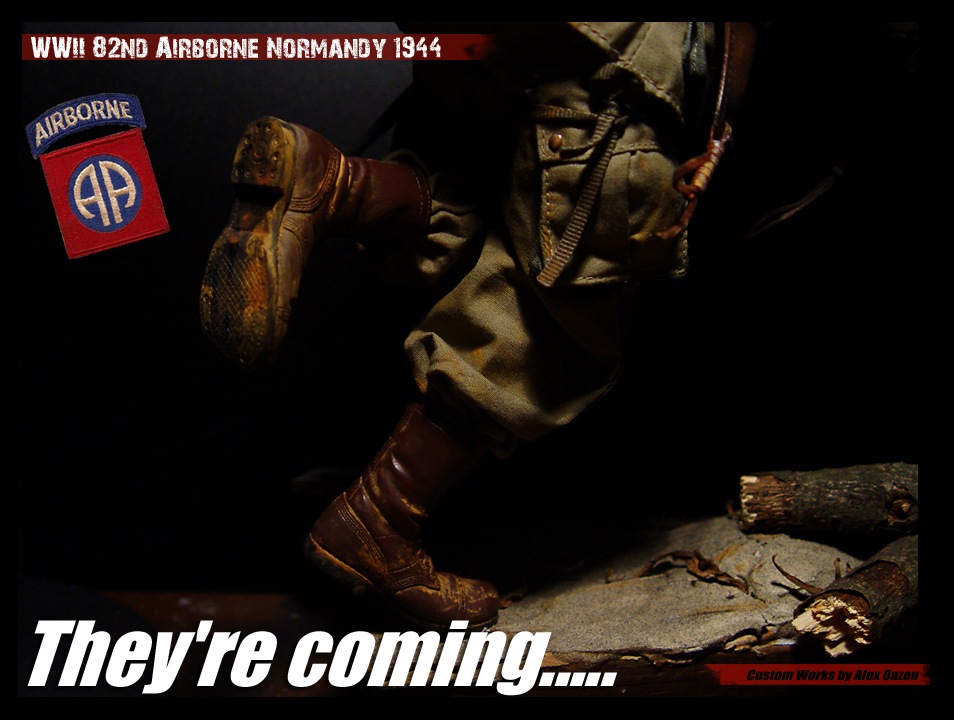

Airplanes were almost entirely free to make attacks on German ground assets in support of this invasion, and the combination of air and ground operations proved to be one of the main factors in D-Day's overwhelming success.

They would land their infantry behind enemy lines, knock out support weapons, and trap the enemy in a pincer in coordination with the troops landing on the beaches. The overwhelming aerial superiority of the American and British air forces over Western Europe in 1944 contributed greatly to this. The Allies however, viewed the operation as a brilliant success (for the Germans), and began training their own airborne units, ultimately destined to successfully pull off the same strategy during D-Day. Due to high casualties in the battle, Nazi high command viewed the use of Paratroopers as difficult at best, and abandoned it for the remainder of the war. The German invasion of the island of Crete in mid-1941 was preceded by a massive airdrop of paratroopers in the island's interior, to assist naval-borne units by cutting communication lines and pressing the British defenders in a vise, fighting on two fronts.


 0 kommentar(er)
0 kommentar(er)
